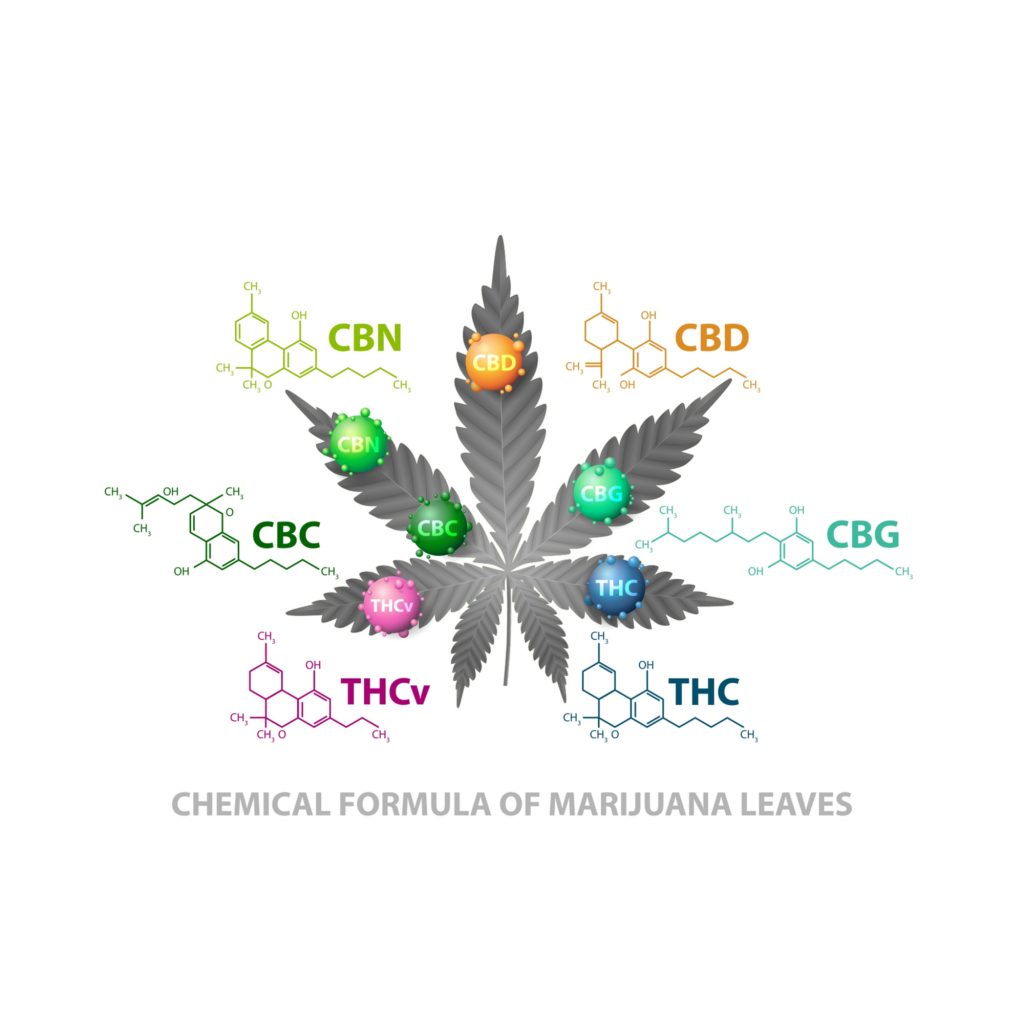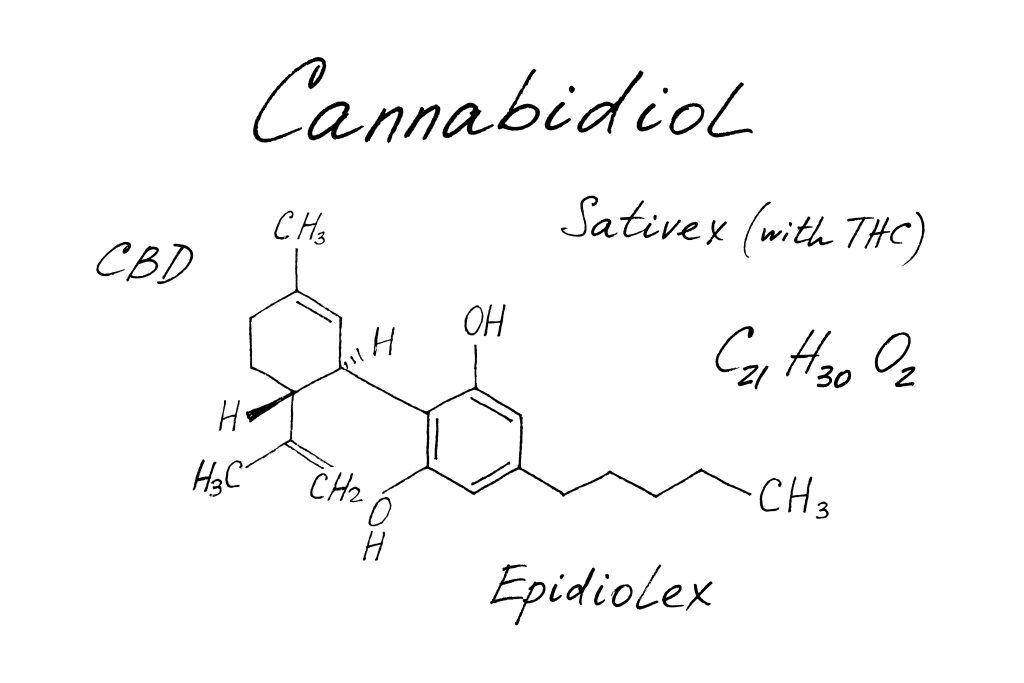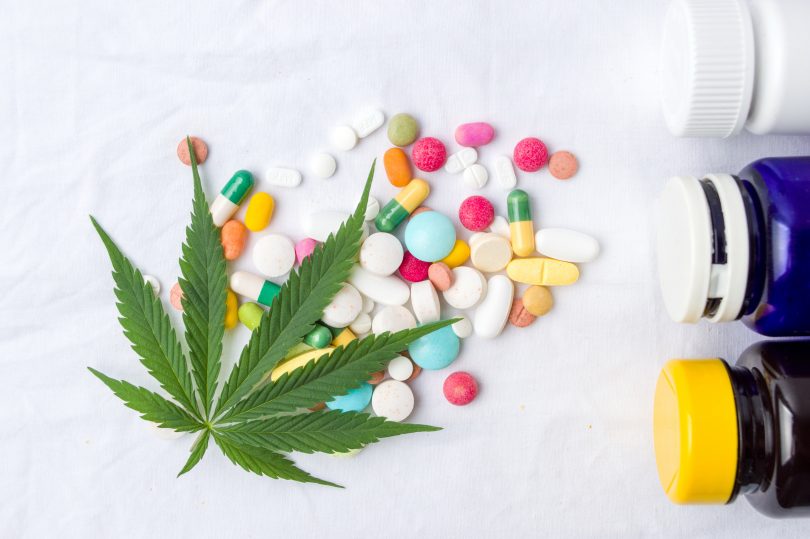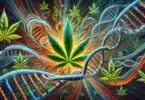The idea that cannabis exists as a pharmaceutical product, is still strange to people like me who grew up with the plant as the only form of ingestion. Whereas some medications have no natural counterpart, like Tylenol (acetaminophen) or Benadryl (diphenhydramine), some do, like anything based off cannabis. And we know the plant itself works fine, but that hasn’t stopped an immense amount of research into synthetic cannabis, and the production of synthetic cannabis products. Here we’ll take a look at the history of cannabis synthetics, and what can be expected in the future.
The history of cannabis synthetics is important because it’s a large part of today’s current market, including products like delta-8 THC. Though delta-8 is naturally occurring, it does require human synthetization help to provide large quantities, which means the dealt-8 we use in products, is all synthetic. We’re into quality cannabis products, whether naturally occurring or synthetic, and have a nice selection of delta-8 THC, delta 10 THC, THCV, THC-O, HHC, THCP and even legal hemp-derived Delta-9 THC products. Subscribe to the Delta 8 Weekly and check ’em out!
What is a synthetic?
First things first, when talking about the history of cannabis synthetics, or simply what the synthetic version of something is, it’s best to know what we’re talking about. According Dictionary.com, the definition of ‘synthetic’ encompasses several principals. Under adjective, the definitions that relate to cannabis are:
- Of, pertaining to, proceeding by, or involving synthesis (opposed to analytic).
- Noting or pertaining to compounds formed through a chemical process by human agency, as opposed to those of natural origin: synthetic vitamins; synthetic fiber.
- Not real or genuine; artificial; feigned: a synthetic chuckle at a poor joke.
Under noun, the following relates to cannabis:
- Something made by a synthetic, or chemical, process.
- Substances or products made by chemical synthesis, as plastics or artificial fibers.
- The science or industry concerned with such products.
A synthetic is something that was created, rather than occurring naturally, although this not does negate that a naturally-occurring compound can also come as a synthetic. A synthetic is something that is not real or genuine, but is instead artificial. Synthetics are made through a process, and studying synthetics, means studying the process of making artificial products. Thus, synthetic cannabis compounds, are compounds that do not exist in nature on their own (or which do, but still require synthetization help outside of nature for products), and are manufactured by human production. This can relate to much more than just cannabis. For example, a lot of clothing uses synthetic plastic fibers rather than natural ones like cotton or hemp.
Main points of cannabis research
When talking about the history of cannabis research in general, two of the occurrences that stand out the most are related to the isolation of certain compounds: the two main compounds of the cannabis plant. By isolating a compound, researchers can understand what it is, how it’s made, and are then able to synthesize it, and modify it. The two most spoken about findings in cannabis history are these:
1940 – The funny thing about the isolation of CBD, is that it gets way less attention than the isolation of delta-9 THC, even as the current CBD industry booms. In fact, the name Doctor Roger Adams is way less known than Raphael Mechoulam, the guy up next. However, back in 1940, Roger Adams and his team at the University of Illinois, were the first to isolate CBD. In 1940, the team published their findings here: Structure of Cannabidiol, a Product Isolated from the Marihuana Extract of Minnesota Wild Hemp. It should be noted, that while Adams was not the first one to synthesize delta-9 completely, he was the first one to identify it, and he did do a partial synthesis.
1964 – Doctor Raphael Mechoulam, an Israeli researcher from the Hebrew University of Jerusalem, isolated delta-9 THC for the first time in 1964. Mechoulam and team published their findings here: Isolation, Structure, and Partial Synthesis of an Active Constituent of Hashish. Since this time, Mechoulam has been a leader in the industry, actively taking part in research, and even discovering this synthetic cannabinoid in 2020, called HB 580, or cannabidiolic acid methyl ester. And this at the ripe old age of 90. Mechoulam is still the president of The Multidisciplinary Center for Cannabinoid Research at the Hebrew University of Jerusalem.
Tons of other research has been done into different compounds within the cannabis plant, its history of use, and how it can be used today. But somehow, the isolation of these two main cannabinoids stands out as beacons in the history of cannabis research. And it’s through the finding of these compounds, that the history of cannabis synthetics began.
History of cannabis synthetics
If you’ll notice from the publication put out by Mechoulam and team in 1964, in the title it directly states that not only did they identify delta-9 THC, but they did a partial synthesis of the compound. What does this mean if delta-9 does appear in nature? It means, the researchers were able to isolate and map the compound, and that they then attempted to re-create it themselves, without help from nature. The ‘isolation’ is the part where the single molecule can be taken and studied, its chemical formula identified, and its chemical structure mapped. The ‘synthesis’ part is when the same molecule is created through human production. This might make it seem like the history of cannabis synthetics started here, but once again, it was really the other guy.
The thing about Roger Adams, is that he didn’t just isolate CBD, he isolated CBN (cannabinol), identified delta-9 THC as well, and was able to show the relationship between CBD, CBN and delta-9, as the three are isomers to each other. Not only that, he was able to synthesize analogues of CBN and delta-9, meaning he was able to create artificial versions of these cannabinoid analogues. He wasn’t, however, the only one doing this at that time!

Enter Doctor Alexander Todd, the British researcher who was neck and neck with Roger Adams, and who received a Nobel prize for his work with nucleotides. In 1940, while at the University of Manchester, at the age of only 32, and working with a very small research group, Todd was able to isolate CBD from a sample of hashish from India. He published his findings in the journal Nature in 1940. Adams submitted his first notes on CBD in 1939 to the Journal of America Chemical Society, making him technically first over Todd. Todd’s version was without detail originally, with a full detailed version published in March of 1940 in the Journal of Chemical Society
Adams’ early synthetization of cannabinoids can be seen in his published research, which additionally shows a partial synthesis of delta-9 THC. Both Adams and Todd showed the isolation of CBN, which was fully mapped before CBD. Adams takes the win for first providing the structure of CBD, though Todd was right there with him. In fact, the two scientists spent a few years dueling in the scientific press, each publishing their findings as they came to them, in direct competition with each other. Later on, the two scientists became good friends and even worked together. It should be pointed out that the goal of both scientists had been to find the intoxicating agent of cannabis (delta-9), which neither ever established for sure.
During this time, delta-9 THC was not synthesized fully, though it was identified. But other compounds were synthesized, like CBN, CBD, and analogues of these cannabinoids and delta-9. CBN seems to be the very first cannabinoid that was synthesized in the quest to find delta-9, which CBN was assumed to be very closely related to. This makes CBN and CBD the first examples of synthetic cannabinoids, even though they do appear in nature. This reinforces the idea that a naturally occurring compound, can also be produced in synthetic form.
Cannabis synthetics today
We could have a whole debate about why cannabis was illegalized, and the part that pharmaceutical companies played in it, as a way to minimize use of a plant that couldn’t be patented. And while we could go back and forth on that one, the results of it can be seen clearly in today’s world. For example, while the US government likes to talk about how bad synthetics are, it also approved synthetic cannabinoid medications like Dronabinol, Epidiolex, and Sativex, and this in place of allowing the actual plant which has been used for thousands of years. This means, the only cannabis medications approved in the US, are synthetics.
In a great example of how far a government will go to protect pharmaceutical interests, France literally went to court with the EU over the ability to block sales and imports of naturally-occurring CBD. Of course, what the majority of reporters missed in the story, was that while France went on and on about the dangers of CBD (which it failed to back up in court), it was allowing GW Pharmaceuticals’ Epidiolex, a synthetic version of CBD, to be sold. Kind of seems like France wasn’t actually all that against CBD, huh?
At this point, there are about a million synthetic cannabinoids out. From non-naturally occurring like THC-O-Acetate, delta-10 THC, and canabidiolic acid methyl ester, to naturally occurring, like delta-8 THC, Dronabinol (THC), and Epidiolex (cannabidiol). And then, of course, there are the compounds that are generally thought of as synthetic, like Spice and K2, although these are no more or less synthetic than the pharmaceutical versions being sold to patients, and were discovered through the same lines of research. In fact, the compound that led to spice and K2, was none other than HHC, which was created in a lab in a search to find a simplified, yet working, THC compound. THC-O-Acetate was also an early street synthetic, possibly put out by the military, as the military was doing testing on this compound, and it seems to have shown up in public around that time.

Some of the first non-naturally occurring cannabinoids to be synthesized were non-naturally occurring delta THCs like delta-7 THC and delta-10 THC, synthesized around the time that Adams first identified delta-9. The very first cannabis medicine to be approved in the US, was Dronabinol, under the name of Marinol, which gained FDA approval in 1985. Marinol, of course, is synthetic, meaning the very first cannabis medicine allowed in current day America, is synthetic. Clearly the US is A-okay with synthetics.
What can be expected in the future should be obvious. Use of the plant will likely not be stopped, but increasing pressure will probably be put on consumers to buy pharmaceutical products. The demonization and smear campaigns for cannabis will in all probability continue since they incite fear, and can be used to push the pharmaceutical ‘better answer’. And though this ‘better answer’ might prove to be true for people fighting ailments like cancer, for many people, nothing more than the plant would ever be necessary.
Conclusion
It might not be very well known, but the history of cannabis synthetics started at around the same time as the first major breakthrough in cannabis research. Adams and Todd led the charge in the early 40’s, identifying isolating, and synthesizing CBD and CBN, making them the first isolated cannabinoids, and the first examples of synthetic cannabis compounds.
Hi there and welcome! Thanks for joining us at CBDtesters.co, the best online location for the most relevant and up-to-date cannabis and psychedelics-related news from around the world. Stop by regularly to stay abreast of the exciting universe of legal drugs and industrial hemp, and sign up to get our newsletter, so you always know what’s going on.
Disclaimer: Hi, I’m a researcher and writer. I’m not a doctor, lawyer, or businessperson. All information in my articles is sourced and referenced, and all opinions stated are mine. I am not giving anyone advise, and though I am more than happy to discuss topics, should someone have a further question or concern, they should seek guidance from a relevant professional.





